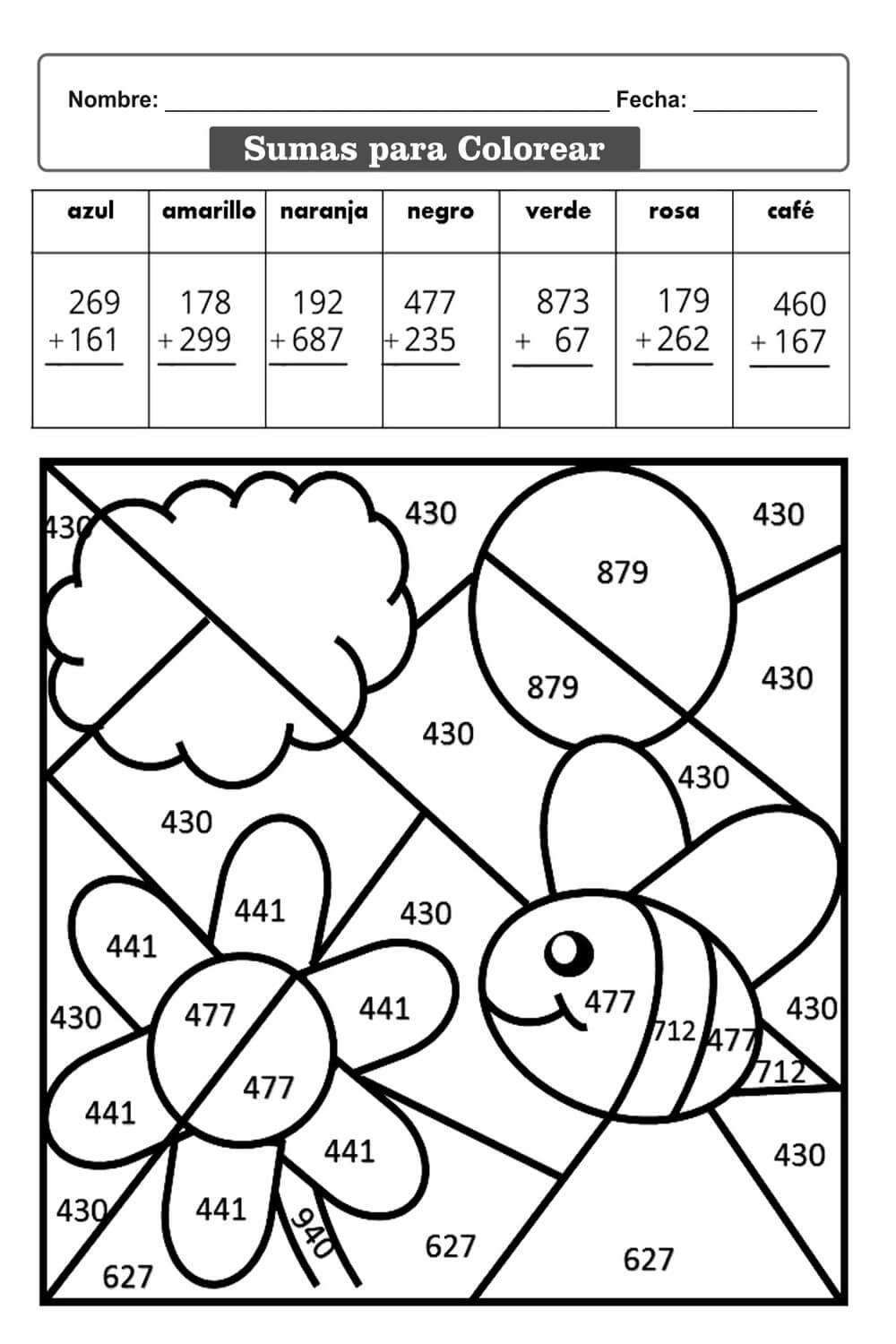Unlocking the Magic of Three-Digit Addition
Can you believe how much mental gymnastics we do daily, from calculating the perfect latte ratio to mentally adding up grocery costs? It’s like our brains are mini-calculators, constantly whirring. And guess what forms the foundation of this numerical prowess? Basic addition. Today, we're going deep-dive (or is it shallow-dive? Fashion math, anyone?) into the fascinating world of three-digit addition. Yes, it's as glamorous as it sounds.
Three-digit addition, or adding three-digit numbers, might seem like elementary school stuff, but think about it: it underpins so much of our adulting. Budgeting, measuring ingredients for that elaborate recipe you saw online, calculating discounts - it’s all three-digit addition flexing its muscles. We’re talking about computations involving numbers from 100 to 999. This seemingly simple operation opens a gateway to more complex mathematical concepts, setting the stage for a lifetime of numerical fluency.
The history of addition, which naturally includes three-digit operations, dates back centuries. Ancient civilizations, from the Babylonians to the Egyptians, developed methods for summing numbers, often using physical objects like pebbles or beads. Imagine adding 345 and 678 using pebbles! Over time, these methods evolved, leading to the efficient algorithms we use today. The development of place value systems, where the position of a digit determines its value (hundreds, tens, ones), was crucial for the advancement of addition. Isn’t it fascinating to think that the seemingly mundane act of adding three-digit numbers has such a rich history?
Why is three-digit addition so important? Well, it lays the groundwork for multi-digit arithmetic and more complex operations like multiplication and division. Mastering this skill not only strengthens basic math abilities but also fosters critical thinking and problem-solving skills. It’s like building a strong foundation for a house – without it, everything else crumbles. And let's not forget the practical applications. From calculating your travel expenses to understanding your monthly budget, three-digit addition plays a vital role in everyday life.
One of the main issues related to learning three-digit addition is carrying over. When the sum of digits in a column exceeds nine, we "carry" the tens digit to the next column. This process can be confusing for beginners. Imagine adding 456 and 789. Adding the units, 6 and 9, gives 15. We write down the 5 and carry-over the 1 to the tens column. This "carrying" is where many learners stumble, emphasizing the importance of clear instruction and practice.
A simple example: 234 + 567 = 801. Another example using carrying: 578 + 245 = 823. In this case, 8 + 5 is 13, so we write 3 and carry-over 1 to the tens place.
Benefits of mastering three-digit addition: 1) Improved mental math abilities: Regular practice sharpens mental calculation skills. 2) Enhanced problem-solving: It helps in breaking down complex problems into smaller, manageable parts. 3) Stronger foundation for advanced math: It forms the basis for more advanced mathematical concepts.
Advantages and Disadvantages of Focusing Heavily on Three-Digit Addition
| Advantages | Disadvantages |
|---|---|
| Strong foundation for multi-digit arithmetic | Can become tedious if not practiced in engaging ways |
| Improves mental math skills | Might not directly translate to real-world problem-solving without context |
Five Best Practices: 1) Use manipulatives: Objects like blocks or beads can make the concept more concrete. 2) Practice regularly: Consistent practice is key to mastery. 3) Break it down: Focus on adding the units, then the tens, then the hundreds. 4) Use real-world examples: Connect the concept to everyday situations. 5) Celebrate small victories: Positive reinforcement encourages continued learning.
FAQ: 1) What is carrying over? 2) How do I add numbers with different number of digits? 3) Why is place value important in addition? 4) What are some common mistakes in three-digit addition? 5) How can I make learning addition fun? 6) What are some online resources for practicing addition? 7) How can I help my child with three-digit addition? 8) What are some games that can help with addition?
Tips and Tricks: Visualize the numbers, use number lines, and practice with flashcards. Break down large problems into smaller ones and always double-check your work.
In conclusion, three-digit addition isn't just a building block for more complex mathematical concepts; it's a crucial life skill. From budgeting to baking, we use it more than we realize. Mastering this fundamental operation equips us with the numerical fluency to navigate our world with confidence. While the concept of "carrying over" might present a temporary hurdle, consistent practice, engaging learning methods, and real-world applications can transform this challenge into a triumph. Embrace the power of three-digit addition, and you'll unlock a world of mathematical possibilities. So, ditch the calculator (sometimes!) and let your brain do the work – you might be surprised at what it can accomplish. And remember, even the simplest mathematical operation has a rich history and profound importance. So, the next time you're adding up your grocery bill, take a moment to appreciate the centuries of mathematical evolution that led to that moment. Now go forth and conquer those three-digit sums! You got this!
Boat towing with a rental car your ultimate guide
Mussel mania how many mussels per person
Craving authentic chinese dive into the world of young sing chinese restaurant














